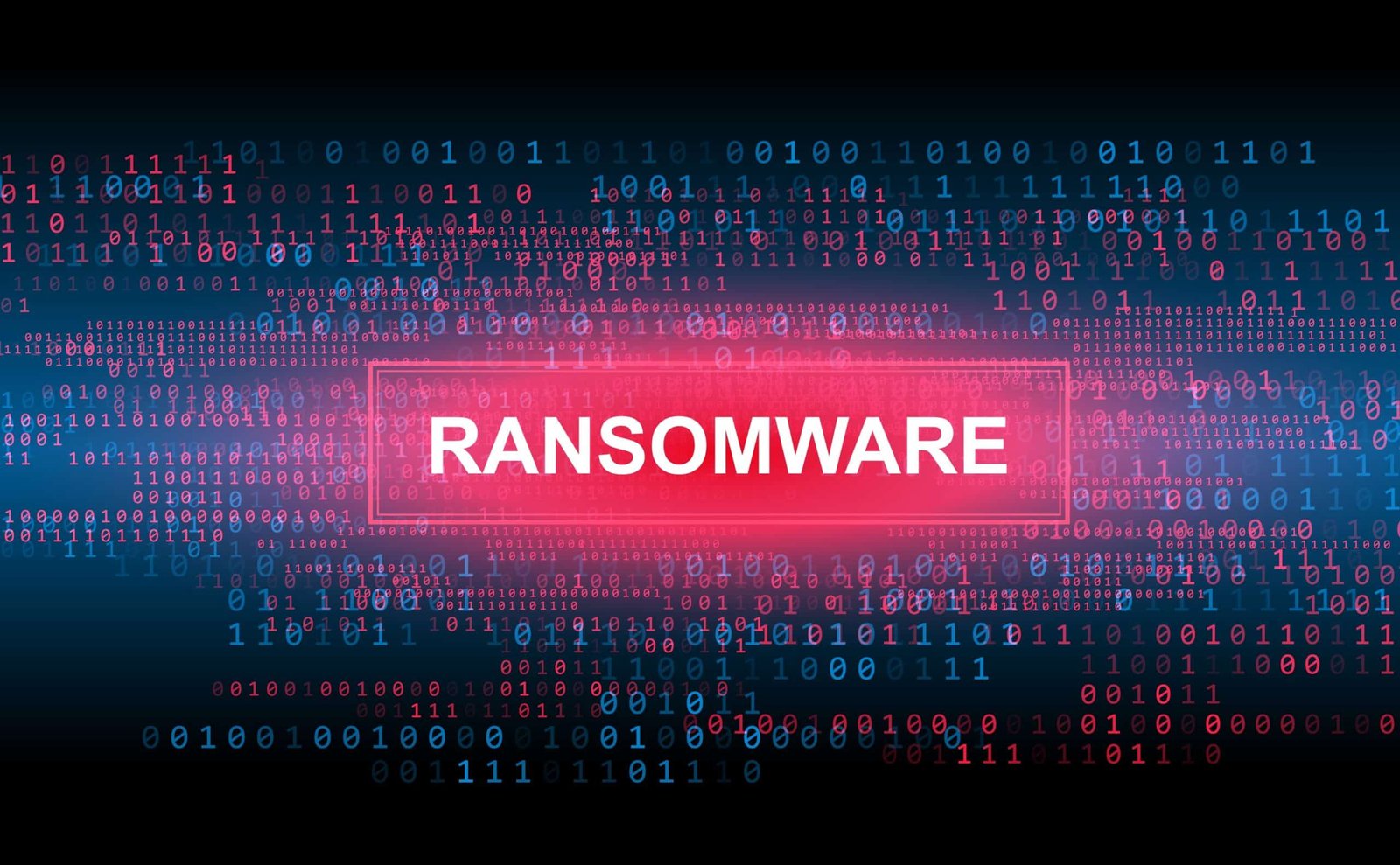
In today’s ever-evolving digital landscape, ransomware has emerged as one of the most dangerous and disruptive cybersecurity threats. Whether you’re a small business or a large enterprise, the threat of ransomware looms large, with attackers constantly innovating new ways to compromise your data and operations. Understanding how these attacks work, the methods of infection, and how to protect your business is essential for staying ahead of cybercriminals.
At SHEL INFOSEC, we help businesses combat ransomware with SILENT ASSASSIN, a comprehensive cybersecurity suite that includes tools like RMM (Remote Monitoring and Management), EDR (Endpoint Detection & Response), and Web Protection. This article will walk you through the key elements of a ransomware attack and explain how SILENT ASSASSIN can help protect your business.
Ransomware is a form of malware designed to encrypt your files and demand a ransom in exchange for the decryption key. In addition to encrypting data, many modern ransomware attacks also steal sensitive information and threaten to publish it unless the ransom is paid, adding an extra layer of extortion. Here’s a breakdown of how these attacks happen:
Phishing Emails: Still the most common method for delivering ransomware. Attackers use sophisticated, targeted emails to trick recipients into downloading malicious files or clicking on harmful links.
Compromised Websites: Malicious actors insert code into trusted websites, causing unsuspecting visitors to download ransomware disguised as software updates or plugins.
Malvertising: Cybercriminals use online advertisements to deliver ransomware through unpatched browser vulnerabilities, requiring no action from the victim other than viewing the ad.
Exploit Kits: These toolkits take advantage of software vulnerabilities to deliver ransomware. Common examples include Angler and Neutrino kits, which target outdated Java or Flash plugins.
File Downloads: Downloading software or files from unauthorized or sketchy sites can introduce ransomware to your system.
Messaging Apps: Platforms like Facebook Messenger or WhatsApp can also be exploited to distribute ransomware by embedding malicious links or files.
RDP (Remote Desktop Protocol) Attacks: Attackers use brute force methods to crack weak RDP passwords, gaining access to your network and installing ransomware.

To safeguard your business from ransomware attacks, it’s important to follow these security best practices:
Educate Employees: Provide training on phishing and ransomware awareness, helping staff recognize suspicious emails and links.
Keep Systems Updated: Regularly patch vulnerabilities in operating systems, browsers, and software to close security gaps.
Implement Endpoint Security: Utilize Endpoint Detection and Response (EDR) tools to detect and respond to malicious activity before it spreads across your network.
Secure Backups: Ensure all critical business data is backed up using a reliable cloud solution like Cove Backup to avoid paying ransoms in the event of an attack.
Enable Multi-Factor Authentication (MFA): Add an extra layer of security to prevent unauthorized access to your systems, especially for RDP.
RMM (Remote Monitoring and Management): Monitors your IT infrastructure in real-time, identifying potential vulnerabilities and alerting you to any suspicious activity before ransomware can take hold.
Cove Backup: Provides secure cloud-based backups, allowing you to restore your data quickly in the event of an attack, eliminating the need to pay a ransom.
